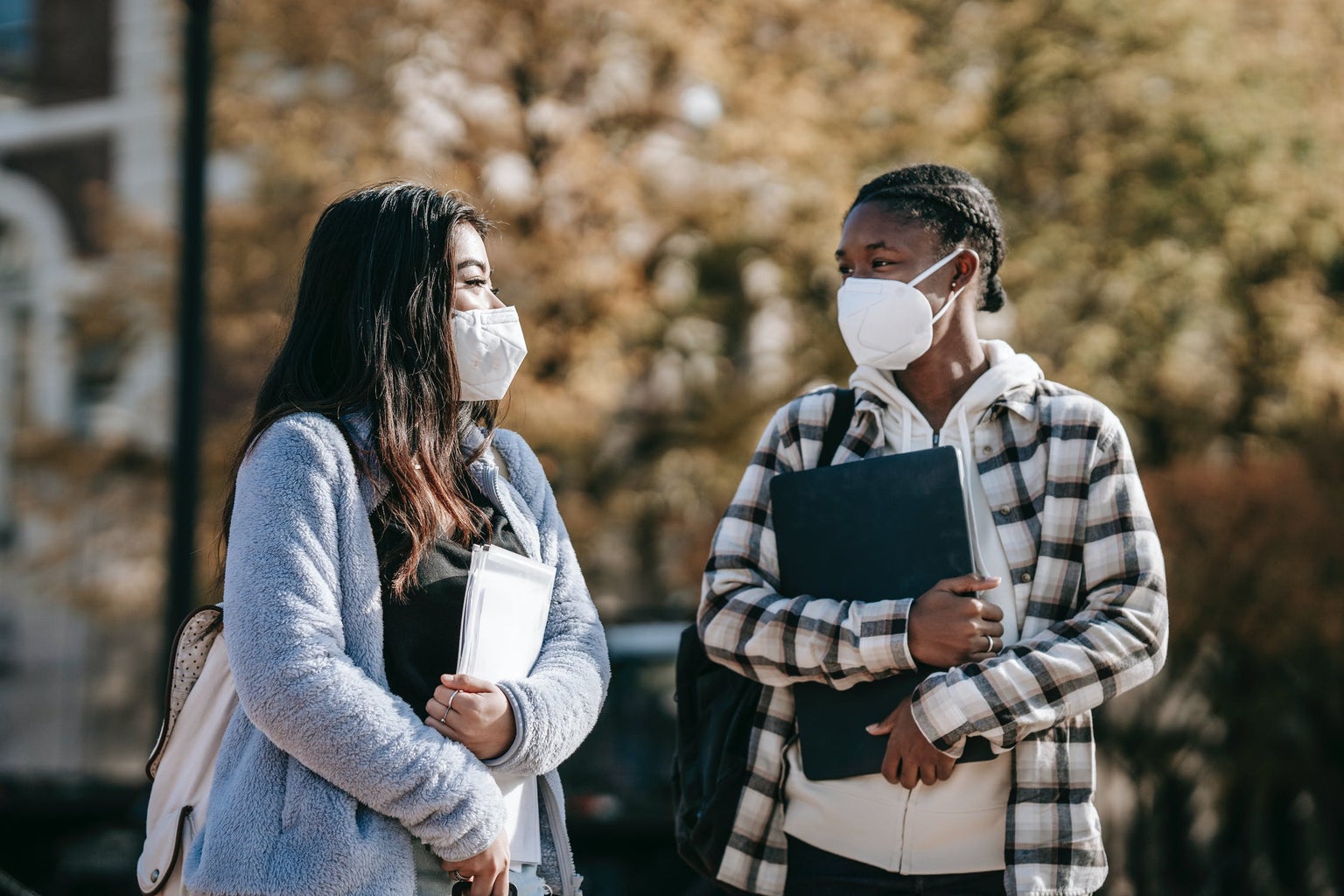Before the pandemic, social anxiety was no stranger to me, and often impacted the way I interacted with people. I consistently stumbled over my words when I spoke my mind in class settings, speed walked away from large crowds of people, and felt myself sweat and shake in rooms packed full of people.
When the world shut down due to the pandemic, my social anxiety rarely made an appearance, as I found comfort talking in the familiarity of my own room with my two dogs keeping me company. If I ever felt nervous speaking in an online setting, I expressed my thoughts by utilizing the chat box feature in Zoom meetings. You could say that I quickly adjusted to the online environment without much issue.
Now that I am returning to an in-person environment, the social anxiety that was dormant during my online academic career turned active as I approached the campus for the first time. I felt those familiar knots tie in my stomach and my breathing patterns changed as I looked at the sheer amount of people walking around. The only difference between that previous and current sensation of social anxiety is the (low) risk of catching the virus that has killed thousands of people in this country.
While I am fully vaccinated (which is a requirement to attend this university), the constant reminders to social distance and isolate from others outside of my household remained in my mind. So much so that any progress I made coping with my social anxiety no longer worked as well as it did before the pandemic. I no longer knew how to interact with people offline.
I am certain that I am not alone in this, however. In 2020, the Anxiety and Depression Association of America reported that 15 million people have social anxiety. In addition, the organization reported that anxiety is the most common mental disorder in the United States, impacting 40 million adults. Considering that the pandemic brought forth a sense of uncertainty and stress to millions of people around the world, there is a very good chance that this particular number has increased with time.
To be frank with you, I am not entirely sure how to combat the social anxiety I can experience on a daily basis. I’ve referred to finding creative outlets such as writing and painting, investing in a good set of headphones to block out different sounds, and taking the time to ask professors what I can do to participate in the class despite my issues with speaking up. If you experience social anxiety, this article is dedicated to you. You are definitely not alone here.
Below are a list of resources for anyone who struggles with social anxiety:
https://www.everydayhealth.com/anxiety/guide/resources/
https://www.counseling.org/knowledge-center/mental-health-resources/anxiety







